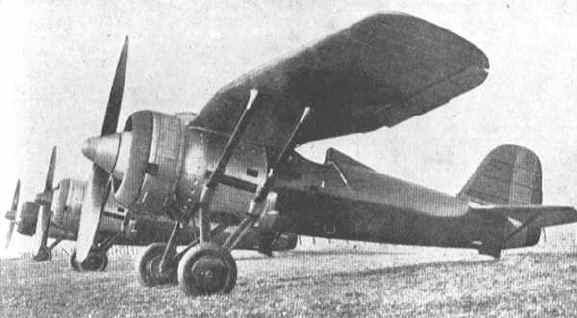In the early 1930's, the Romanian Royal Air Force was looking
for a modern fighter to replace its obsolete and worn-out Spad S61's
and Fokker DXI's. The favourite in this competition seemed to be the
new Polish PZL P1/II fighter, at that moment one of the best in the
world. Inspite of this, the appearance of IAR's first own fighter design,
in the shape of the
IAR CV-11,
prelonged the suspense, until September 1931, when an improved version
of the PZL P1/II, the PZL P-11 was chosen as the new main fighter of
the Romanian Royal Air Force. This decision, although somewhat suspicious
due to corruption allegations, seemed to be the right one since the
Polish aircraft had superior maneuvrability over its Romanian counterpart,
and its armament was an impressive one for the early 1930's.
